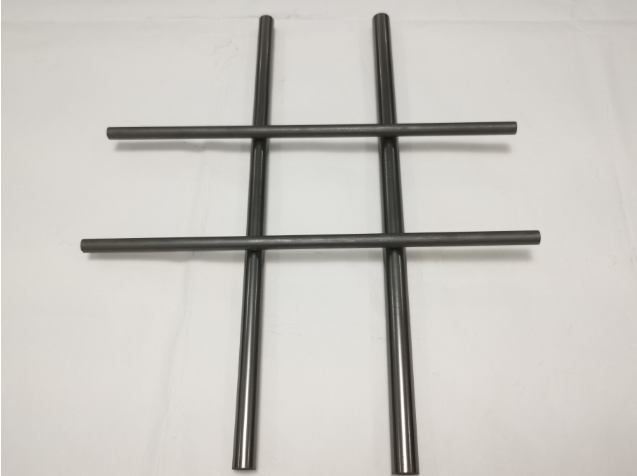Reason for graphite rod electrolysis

Conditions for forming electrolytic cell: DC power supply. (1) DC power supply. (2) Two electrodes. Two electrodes connected to the positive pole of the power supply. Among them, the positive electrode connected with the positive pole of the power supply is called the anode, and the electrode connected with the negative pole of the power supply is called the cathode. (3) Electrolyte solution or molten electrolyte. Electrolyte solution or solution 4, two electrodes and electrode reaction, anode (connected to the positive pole of the power supply): oxidation reaction anode (connected to the positive pole of the power supply): oxidation reaction cathode (connected to the negative pole of the power supply): reduction reaction cathode (connected to the negative pole of the power supply) : reduction reaction (negative electrode connected): reduction group 1: electrolysis group 1: electrolysis of CuCl2 anode cathode chlorine.
Graphite is a crystal of carbon. It is a non-metallic material with silver gray color, soft and metallic luster. Mohs hardness is 1-2, specific gravity is 2.2-2.3, and its bulk density is generally 1.5-1.8.
The melting point of graphite begins to soften when it reaches 3000 ℃ in vacuum and tends to melt. When it reaches 3600 ℃, graphite begins to evaporate and sublimate. The strength of general materials gradually decreases at high temperature, while the strength of graphite is twice that at room temperature when it is heated to 2000 ℃. However, the oxidation resistance of graphite is poor, and the oxidation rate gradually increases with the increase of temperature.
The thermal conductivity and conductivity of graphite are quite high. Its conductivity is 4 times higher than that of stainless steel, 2 times higher than that of carbon steel and 100 times higher than that of general non-metal. Its thermal conductivity not only exceeds that of metal materials such as steel, iron and lead, but also decreases with the increase of temperature, which is different from general metal materials. Graphite even tends to be adiabatic at different temperatures. Therefore, the thermal insulation performance of graphite is very reliable at high temperature.
Graphite has good lubricity and plasticity. The friction coefficient of graphite is less than 0.1. Graphite can be developed into breathable and transparent sheets. The hardness of high-strength graphite is so great that it is difficult to process with diamond tools.
Graphite has chemical stability, acid and alkali resistance and organic solvent corrosion resistance. Because graphite has the above excellent properties, it is increasingly widely used in modern industry.
Post time: Dec-13-2021
